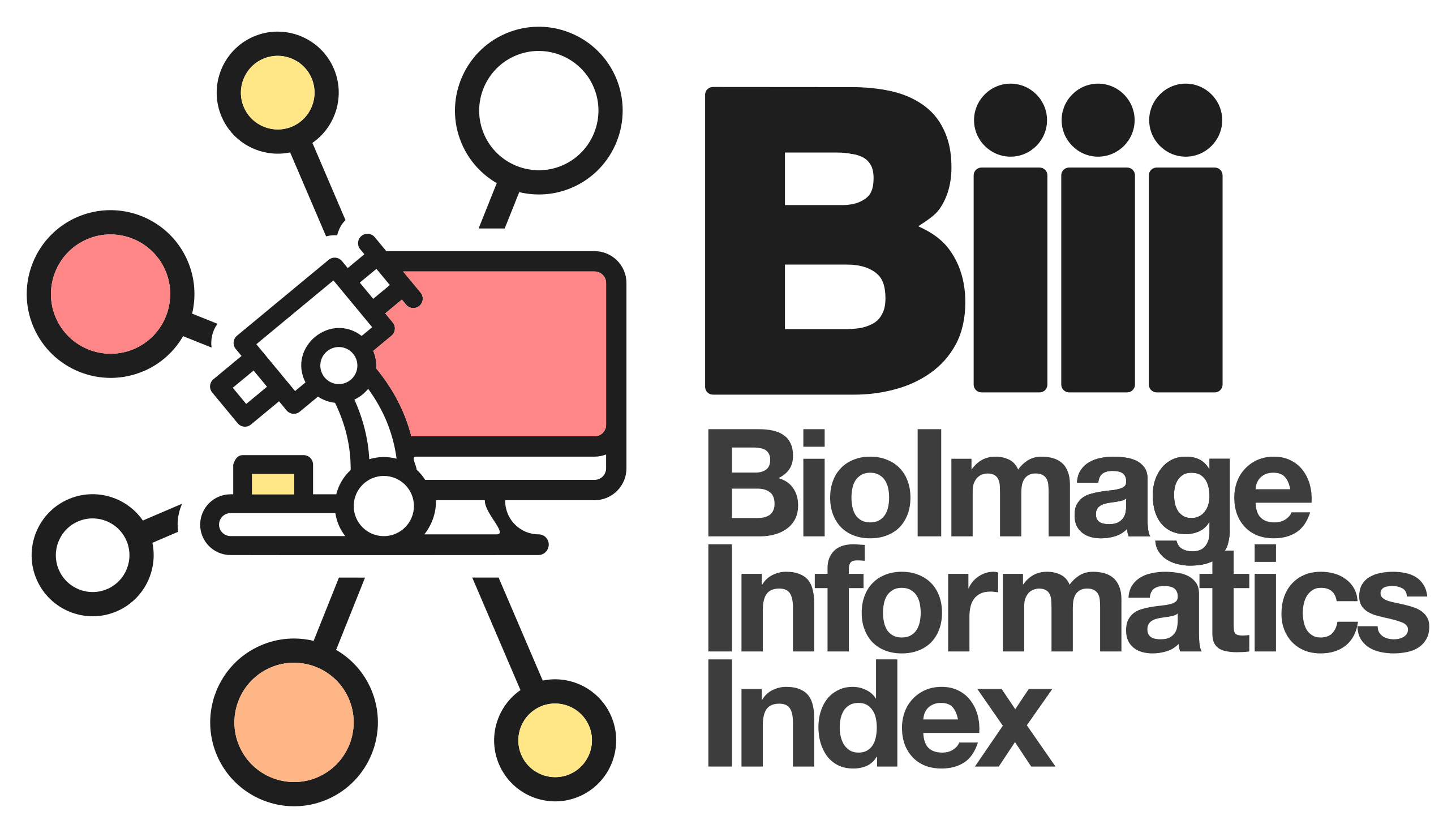Contents
| Image | Title | Category | Type | Description | Updated |
|---|---|---|---|---|---|
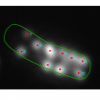
|
Oufti | Software | Collection | Oufti (previously named MicrobeTracker) is a MATLAB application / suite of tools for analysing fluorescent spots inside microbes. MicrobeTracker can identify cell outlines and fluorescent foci, and generate plots and statistics based on positions and intensity (kymographs, histograms etc.) The MATLAB code is easy to modify and extend to add additional plots and statistics: see e.g. Lesterlin et al. (2014). The Outfi Forum is quite active. |
05/26/2018 - 00:52 |
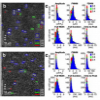
|
SparkMaster | Software | Workflow | Analyzing Ca2+ sparks ImageJ plugin to detect and measure Ca2+ sparks in linescan images, described in Picht et. al. (2007). The algorithm is based on that described by Cheng et al. (1999). Care should be taken to ensure that detections belong to 'true' events, as without any additional background subtraction steps the algorithm is not appropriate for images in which the baseline fluorescence varies substantially. |
05/20/2018 - 23:07 |

|
Object Classification using ilastik | Software | Component | This workflow classifies objects based on object-level features (e.g. intensity based, morphology based, etc) and user annotations. It needs segmentation images besides the raw image data. Segmentation images can be obtained from ilastik pixel classification, or binary segmentation images from other tools. Within the object classification, one can prefilter objects through thresholds (on pixel probability image) or object sizes (on segmentation image). Outputs are predicted classification label images. Selected features can also be exported. |
05/16/2018 - 02:00 |
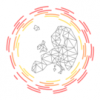
|
Automatic 2D/3D Tracking using ilastik | Software | Workflow | This workflow is used to track multiple (appear/disappear, dividing and merging) objects in presumably big 2D+t or 3D+t datasets. It is best suitable for roundish objects or spots. Tracking is done through segmentation, which can be obtained from ilastik pixel classification, or imported from other tools. Users should provide a few object level labels, and the software predicts results on the rest of the image or new images with similar image characteristics. |
04/28/2023 - 15:22 |

|
Measuring confluence in adherent cell cultures | Software | Workflow | This publication describes a very simple protocol to acquire images of adherent cell cultures over time and how to process these images in ImageJ to measure the area fraction (confluence). | 09/12/2017 - 20:04 |

|
Noise Suppression using Simple Spatial Filters | Software | Component | Simple spatial filters can be used to suppress noise in raw image data (i.e. by averaging intensities). The best choice of filter depends on the nature of the noise, but Gaussian filtering works well for Poisson noise (i.e. commonly observed photon-counting shot noise); whereas a median filter is ideal for salt-and-pepper noise. A larger filter radius leads to stronger noise suppression but more blurring. The URL above describes the simple 2D spatial filters available in ImageJ, but similar filters are available in most software. |
11/26/2018 - 09:32 |

|
Interactive Density Counting using ilastik | Software | Workflow | This workflow estimates (densely distributed) object counts by the density of objects in the image without performing segmentation or object detection. Current version only works for 2D images of roundish objects with similar sizes on relatively homogeneous background. Users should provide a few labels of background and objects (especially on clustered objects), and the tool predicts the density of objects on the entire image. Counting is then estimated by integrating the density values on the whole image or specified rectangular regions of interests. | 09/13/2017 - 12:14 |

|
Artemia color analysis | Software | Workflow | The Artemia Tools help to calculate the normalized redness of Artemia in color images. See: http://dev.mri.cnrs.fr/projects/imagej-macros/wiki/Artemia_Tools Test images: http://biii.eu/node/1139 |
09/13/2017 - 16:02 |

|
VSI File Extractor (ImageJ) | Software | Component | This tool allows for extraction of image series from Olympus Slide Scanners. These VSI files usually contain several images that are too big to load into memory (>50k x 50k pixels). It was written and tested on Fiji and is available from a Fiji Update Site: http://fiji.sc/List_of_update_sites |
03/02/2020 - 20:56 |

|
Human cytoplasm-nucleus translocation assay using CellProfiler | Software | Workflow | In this human cytoplasm-nucleus translocation assay, learn how to load a previously calculated illumination correction function for two separate channels, measure protein content in the nucleus and cytoplasm, and calculate the ratio as a measure of translocation. This is a clumpy cell type, so studying the settings in primary object identification may be helpful for users interested in the more advanced options that module offers. More about these images can be found at the BBBC. |
03/03/2020 - 20:45 |

|
Imaris Tracking | Software | Workflow | ImarisTrack allows 3D tracking of spots and objects, with straightforward manual adjustment of automatic tracking results. | 09/13/2017 - 12:14 |

|
Measure distance of organelles from nucleus in 3D | Software | Workflow | A simple workflow is described in the following for measuring subcellular localizations of organelle by the distance from the nucleus. For example, you can quantify how far some type of vesicles or protein aggregates are apart from the nucleus border. This workflow is for analyzing 3D data. |
06/09/2018 - 02:08 |

|
Find cells using nuclear and membrane fluorescence | Software | Workflow |
|
04/29/2023 - 15:29 |

|
White Balance | Software | Component | The Macro processes a composite picture in ImageJ/Fiji and outputs a color-balanced merged RGB image. To calculate the white balance, a rectangle at coordinates (x=100, y=100) and of size (w=100 pixels, h=100 pixels) is used. These values can be changed to make sure that a background region is taken for the calculation in the line: makeRectangle(100,100,100,100). The user could be prompted to draw the region by removing the signs // in the line: // waitForUser("Please draw a region in the background"); |
05/21/2018 - 01:37 |

|
Cells tracking in tissue | Software | Workflow | Plot the centroid tracks and area evolution of the cells of a tissue with membrane labelling. | 09/13/2017 - 12:14 |

|
2D and 3D mitochondrial shape analysis and network properties | Software | Workflow | The original paper describes a method to analyze mitochondrial morphology in 2D and 3D. |
04/26/2023 - 15:43 |
| |
Object Tracking and Metadata Management | Software | Workflow | The goal of this workflow is to track cells captured in a time-lapse movie of a syncytial blastoderm stage Drosophila embryo and quantify their movement.
|
05/16/2018 - 02:11 |
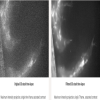
|
Image denoising using Matlab | Software | Component | If your images are corrupted by a strong dominant Gaussian noise you can try this simple filter. It is based on thresholding in the DCT domain and is usually vastly superior to typical Gaussian filtering in term of detail preservation / noise reduction trade-off. |
04/28/2023 - 16:56 |

|
Interactive Volume of Interest Extractor in Large 3D Stacks | Software | Component | This macro allows to interact with a large, single channel, z-stack (possibly exceeding the main memory of the computer) and to extract a volume of interest by marking several reference points. |
04/28/2023 - 16:48 |

|
Microtubule Length Analysis | Software | Workflow | Task Quantify the length of microtubules (MT) and the MT average density per cell. Workflow descriptions Simple two step workflow, allowing visual & manual correction of microtubule between the 2 steps. Batch measurement of microtubule lengths for multiple images is achieved by segmenting the MTs and then their skeletonizations. The number of pixels in the microtubule is proportional to their length, so the length can be estimated. Script Workflow is written as an ImageJ macro (Fiji) with following steps: |
05/03/2023 - 10:39 |
